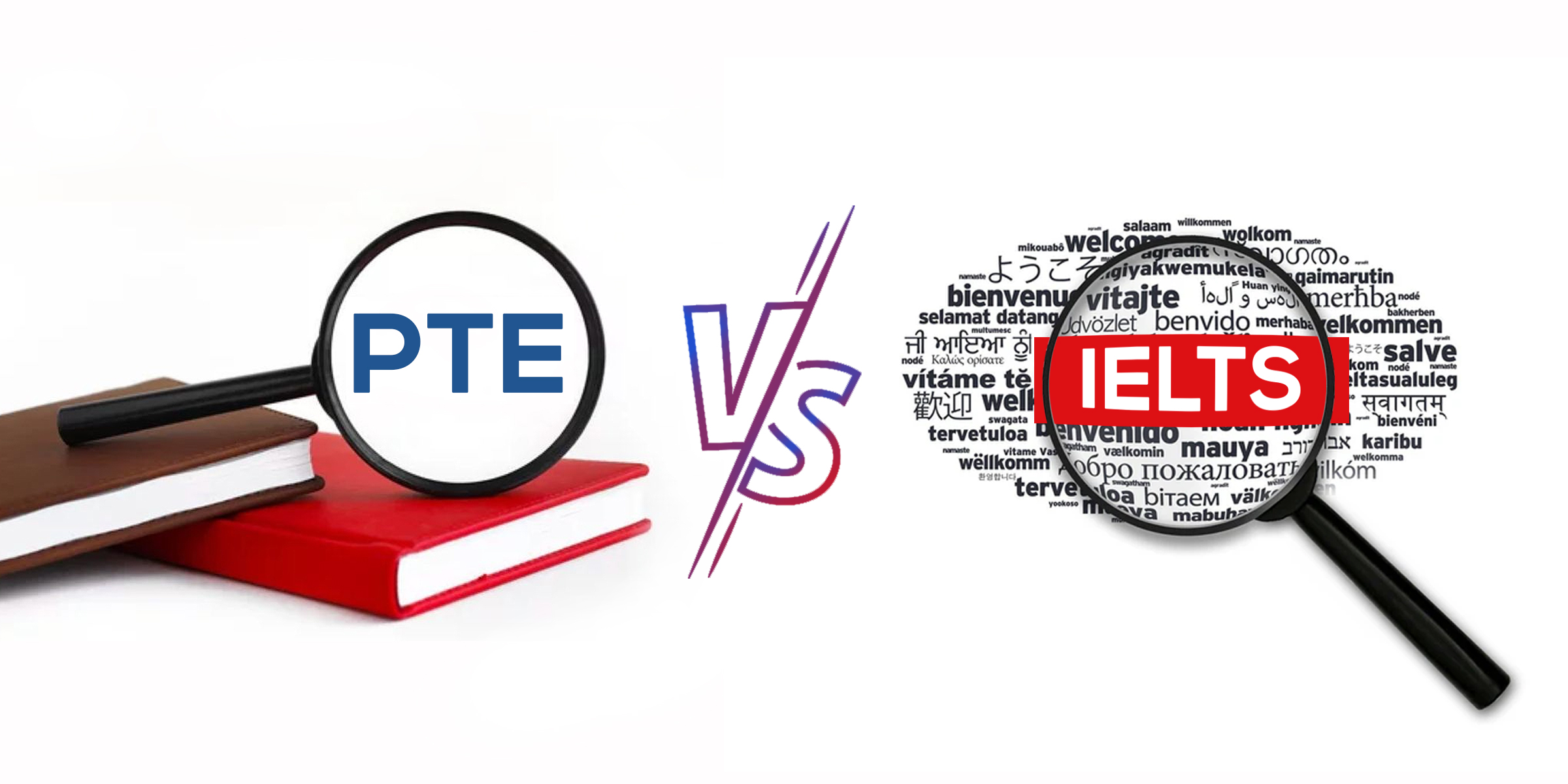Difference Between PTE and IELTS
If you ask me honestly, the difference between IELTS and PTE is like telling the difference between BMW and Mercedes, or Coca Cola and Pepsi, where both have the same usage but a different user-like segment. So, I will say it is a personal choice, having the same result depending on the individual's preferences and comfort level with each exam format.
Both exams assess English language proficiency, but IELTS is more traditional with paper-pencil option with a focus on British English, while PTE is more modern and uses Australian English. Also, IELTS and PTE have distinct formats and scoring systems. Ultimately, the choice between the two exams often comes down to personal preference and individual strengths.
If you belong to my age group (oh…I am not that old), which has always practised traditional exams in traditional settings, you should prefer IELTS as it provides the option of a paper and pencil test, while PTE is totally computer and AI based. On the other hand, if you belong to today's social media and tech-age group , you may prefer PTE as it provides a faster result turnaround and is fun to do on a computer.
PTE also offers a wider range of question types, including speaking and writing tasks that are automatically scored by AI technology. PTE might be a better option for you. Some universities or countries may have a preference for one exam over the other, so it's important to research and consider this factor when making your decision.
Compare the costs associated with both tests, including registration fees, preparation materials, and potential retake fees. While the initial registration fees might be similar, consider any additional expenses, such as preparation resources or travel costs to the test centre, which could vary between the two tests.
Familiarize yourself with the scoring systems of both tests. IELTS uses a nine-band scale, with each band representing a different level of proficiency, from non-user (band score 1) to expert (band score 9). PTE, on the other hand, provides scores on a scale from 10 to 90, with increments of five points. Understanding how your performance will be assessed can help you set realistic goals and expectations.
Consider the duration of each test and how it fits into your schedule. While both tests typically take around two to three hours to complete, including all sections, the timing of each section might differ. Evaluate whether you're comfortable with the pacing of each test and whether you'll have enough time to complete each section adequately.
Research the availability and quality of test preparation materials for both IELTS and PTE. Look for official practice materials, sample questions, and preparation courses offered by reputable sources. Adequate preparation is key to performing well on either test, so ensure you have access to resources that align with your learning style and preferences.
IELTS scores are accepted in over 140 countries by more than 11,500 organizations. These include schools, government departments, immigration offices, professional groups, and big companies. So, if you're taking IELTS, it opens doors for education, work, and immigration in many places around the world. PTE scores are accepted in many countries like Australia, the United States, the United Kingdom, Ireland, Singapore, Canada, and New Zealand. They use these scores for things like immigration and getting into universities. About 3,000 universities worldwide accept PTE scores, including big names like Yale University, Harvard Business School, and Oxford University. You can also use PTE scores to apply for permanent residency in Australia, Canada and New Zealand.
In conclusion, while both IELTS and PTE serve the purpose of evaluating English language proficiency, their differences in format, scoring, test environment, accent preferences, and question types cater to diverse preferences and requirements of test-takers. Choosing between the two often comes down to individual preferences, familiarity with technology, and specific needs dictated by target institutions or immigration requirements. Ultimately, understanding these differences enables test-takers to make informed decisions that align with their strengths and preferences.




